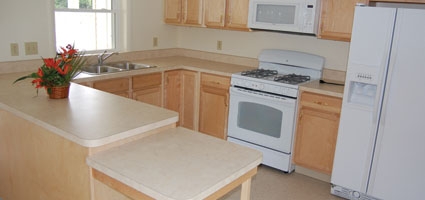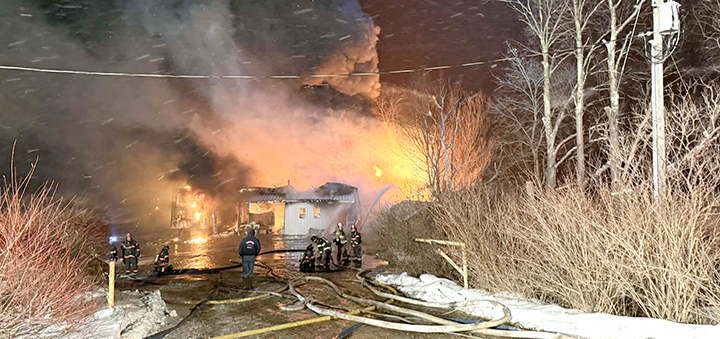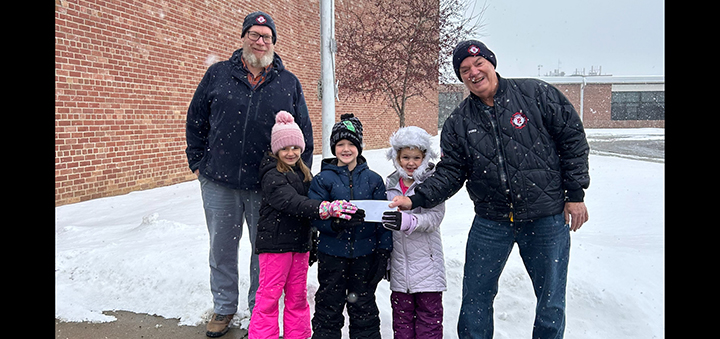Brown Ave. housing units unveiled today
NORWICH – The first of six affordable housing duplexes in a planned community for seniors was unveiled this morning.
The Brown Avenue Homes, a Norwich Housing Authority Project that’s been in the works since 1999, recently completed its first two-unit structure.
“We’ve spent a lot of years working on this,” said Norwich Housing Authority Executive Director Judy Wingate-Wade. “It’s been worth it.”
Each unit is one story, designed with low-rise counter tops, wheelchair accessible bathrooms and Energy Star-certified appliances, windows and radiant heat flooring.
“What’s great about these homes is that they are accessible,” said Wingate-Wade. “And they are all Energy Star Certified.”
The Housing Authority wants to have two more duplexes finished within the next year. A total of six duplexes are planned for the development.
Wingate-Wade roughly estimates the final cost of the first two units will be around $147,000 each. After a $50,000 subsidy from the state, that leaves the buyers responsible for about $97,000.
The cost of subsequent homes in the development could very compared to the price of the first two units, Wingate-Wade noted, due to rising material and construction expenses.
To earn the $50,000 subsidy, potential buyers have to be income certified. In this case, that means a single income buyer can’t make over $30,750. A two-income household can’t exceed $35,100.








Comments